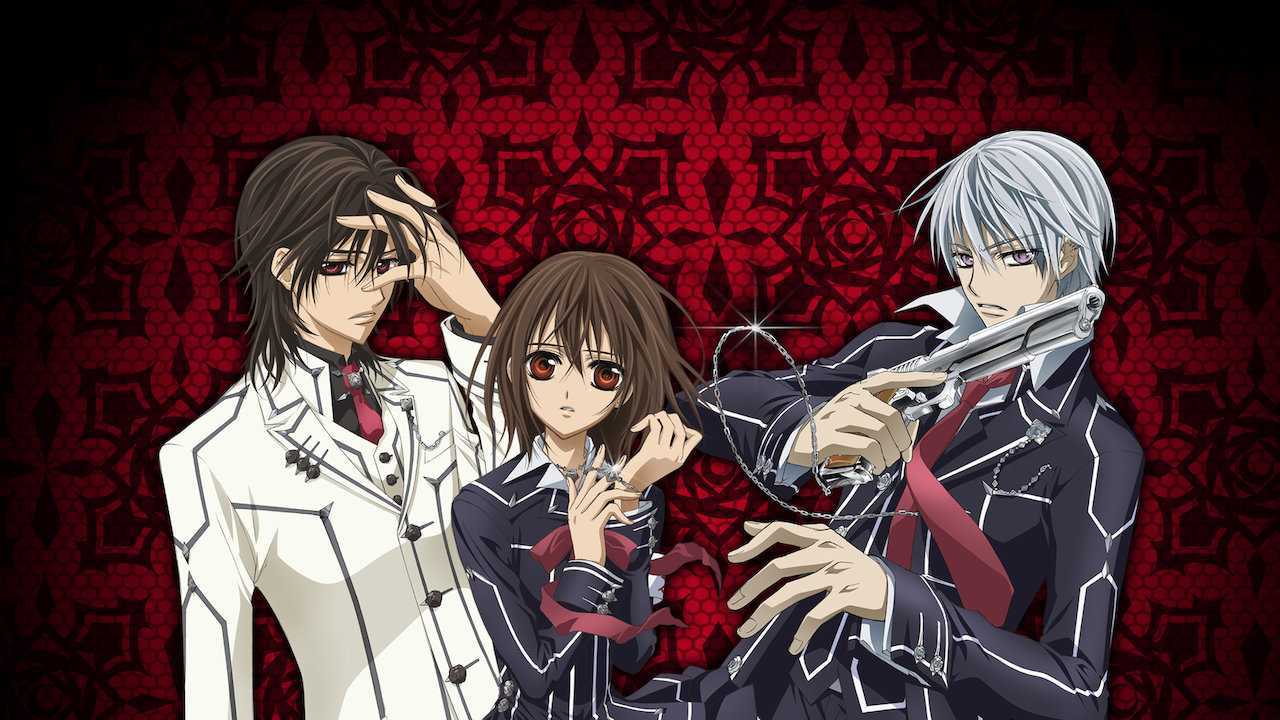Welcome back to the appointment dedicated to anime and their comparison with manga: today we present Vampire Knight, by Matsuri Hino
The figure of the vampire has occupied literature for decades, assuming different roles and shades depending on the genre to which it is associated. Beyond the typical negative characterization – creature of the night that lives to kill and feed on the victim’s blood – there are many other narrative variants that have come into circulation; in recent years, the “romantic” one is undoubtedly in first position.
The characteristics of the traditional vampire are maintained, combining these more human traits. Often, then, it is inevitable to insert a relationship into the story, made even more intriguing by the presence of a human in the relationship.
Matsuri Hino, Japanese cartoonist specializing in the production of shojo-ghotic, he was able to take all the elements necessary to make a vampire story as close as possible to the human one. Vampire Knight thus he stages not only the typical torments of a being “cursed”, but also all the emotions felt in front of the first great love. All seasoned with a slightly ironic and a little horror vein, making a story that otherwise would have been a copy of many others captivating.
Serialized in Japan since 2005 in the LaLa magazine and available in Italy since 2006 by Planet Manga, Vampire Knight has also had a television transposition divided into two seasons, broadcast starting from 2008 on TV Tokyo. The anime is available for viewing on Netflix.
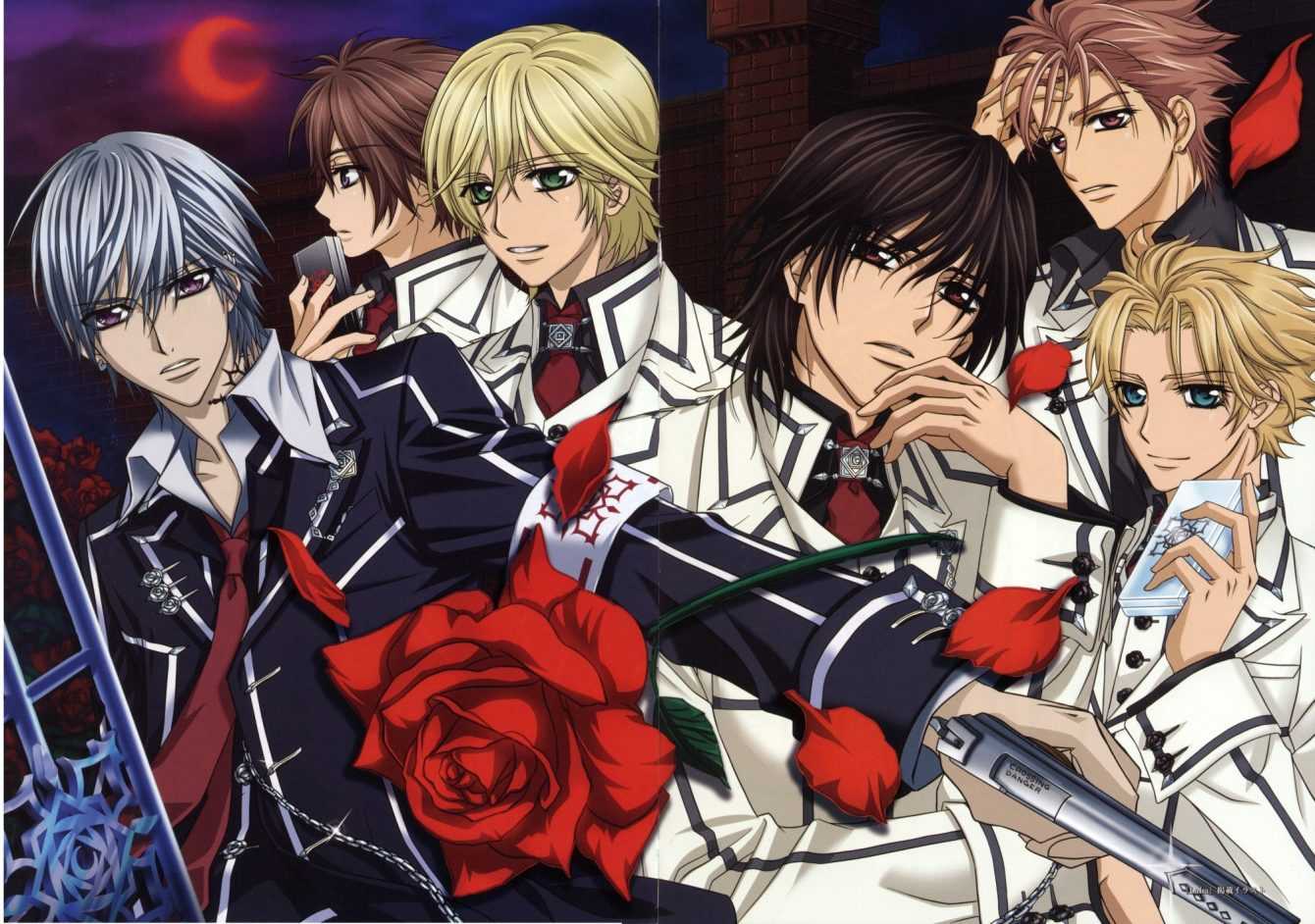
Trama | Vampire Knight di Matsuri Hino
Vampire Knight is set in the Cross Academy, a prestigious private school with at least an unusual class structure. The students are in fact divided between Day Class, regular students who have their lessons during the day, e Night Class, an elite of noble vampires who hold their lessons at night. At the head of the Night Class we find Kaname Kuran, a pure blood, deeply linked to Yuki, daughter of the dean of the academy. Yuki is also one of the Guardians, along with Zero, with the task of monitoring the students of both classes day and night. Beyond the usual teenage squabbles, a reality bigger than them is ready to reveal itself.
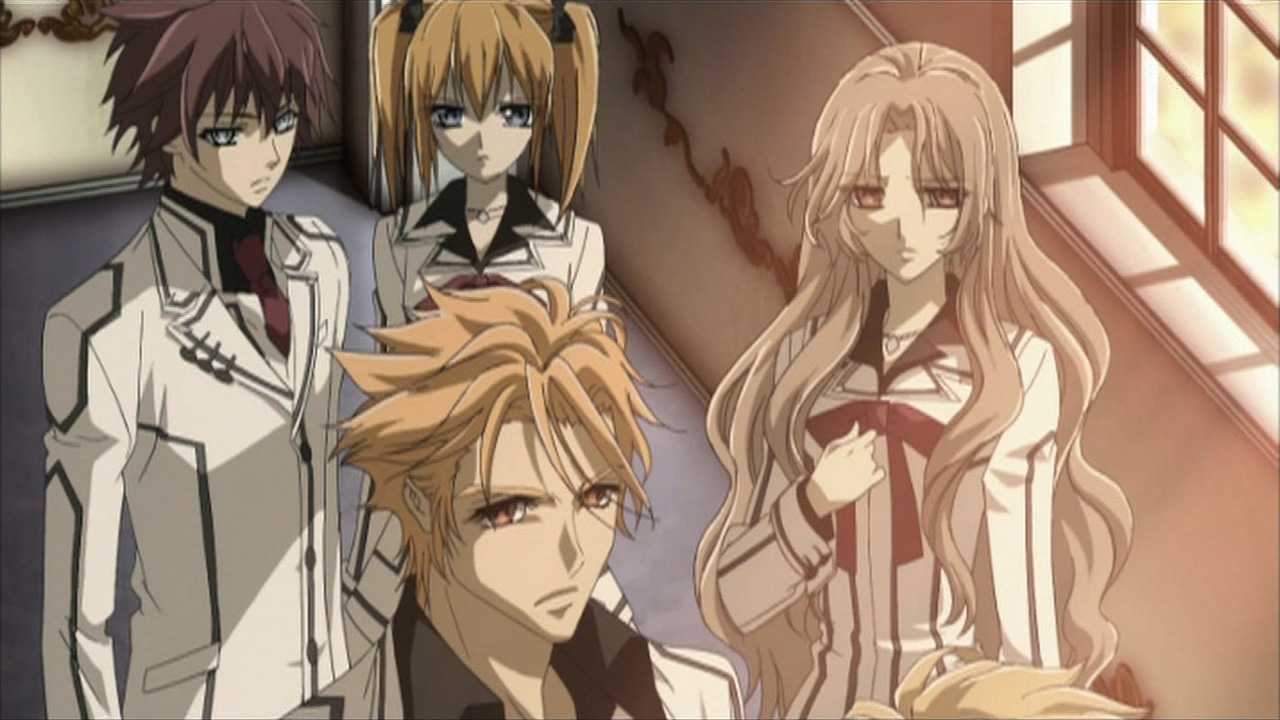
Vampire Society | Vampire Knight by Matsuri Hino
Gothic atmospheres, sensuality and intrigue: these are undoubtedly the three elements that best describe the work in question. All three can be easily associated with the figure of the vampire, which has always been characterized as enigmatic, passionate and mysterious. These nocturnal creatures are more human than they appear, both physically and psychologically (They don’t burn in the sun, they don’t just drink blood, they don’t sleep in coffins, and not everyone has extraordinary powers).
In Vampire Knight, however, nothing is left to chance. What is presented to us is one real company, with pure blood vampires at the head, and at the base of the pyramid all those who, having become such, are now only beasts in the grip of the frenzy of blood and who attack humans on sight. An internal hierarchy that fully reflects the aristocratic ones of our history, with a strong respect for the top, and a massive dose of subjection.
This oligarchic caste, however, is not presented in the rigidity of its classes. What emerges are students like everyone else, struggling with their own love and personal torments, in full growth, in the middle of their training and not yet in full possession of their full powers.
Kaname Kuran
To stand out is undoubtedly Kaname. Pure blood, esteemed and feared by all, he is the architect of the story told, the one who holds the reins of the destiny of others, in particular of Yuki. The two are linked by a deep love, which hides a past far removed from what the girl could ever have imagined. The game of possession that is established between the two, will arouse too much curiosity among the other vampires, finally bringing to light the truth.
Although the plot becomes increasingly dark and intrigued as the episodes pass, the series initially presents itself as the story of a strange coexistence between humans and vampires, not feared but revered.
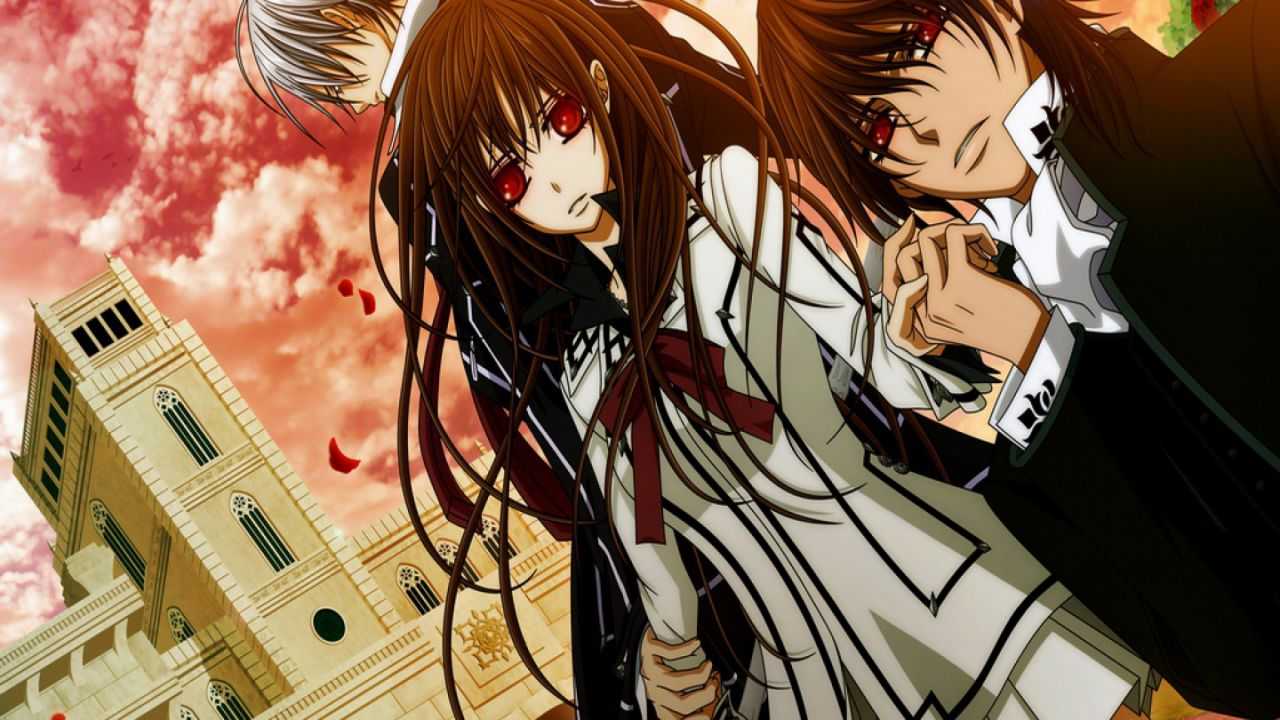
Yuki Cross e Zero Kiryu | Vampire Knight di Matsuri Hino
Yuki e Zero they are the opposite of each other: on the one hand we have a sunny girl, who always cares to help those she loves and those in difficulty, and is fascinated by vampires. Zero, on the other hand, is a detached, gloomy and enigmatic boy, due to a childhood that is not at all happy. As supervisors, they must prevent vampires, intoxicated by human blood, from attacking unsuspecting morning students.
The two are linked by a similar fate: that is to have come into contact with vampires, even if in completely different circumstances.
But from their different encounters with vampires, also comes the different kind of approach with them. Yuki is tied to them, also driven by her passion for Kaname; she will develop an almost morbid relationship with him, but based on a concrete emotional depth that is reciprocated. Zero, on the other hand, has a deep-seated hatred for all creatures, especially Kaname.
Thus a love triangle that never steals the show from the psychological introspection of the characters, bringing on the scene ethical and moral choices that are also of great impact. What is right and what is wrong, how to do it and how not to do it; the line that separates good from evil here is very thin, often putting the protagonists in difficulty when they have to make a choice.
The nature of the characters is deepened through flashbacks, which show us the environment and the particular situations in which they grew up and which inevitably marked them. But also through the events in progress, which lead them to a gradual maturation and understanding of themselves and the behavior of the other components of this intertwining, so much so as to give rise to dilemmas in them and in the public.
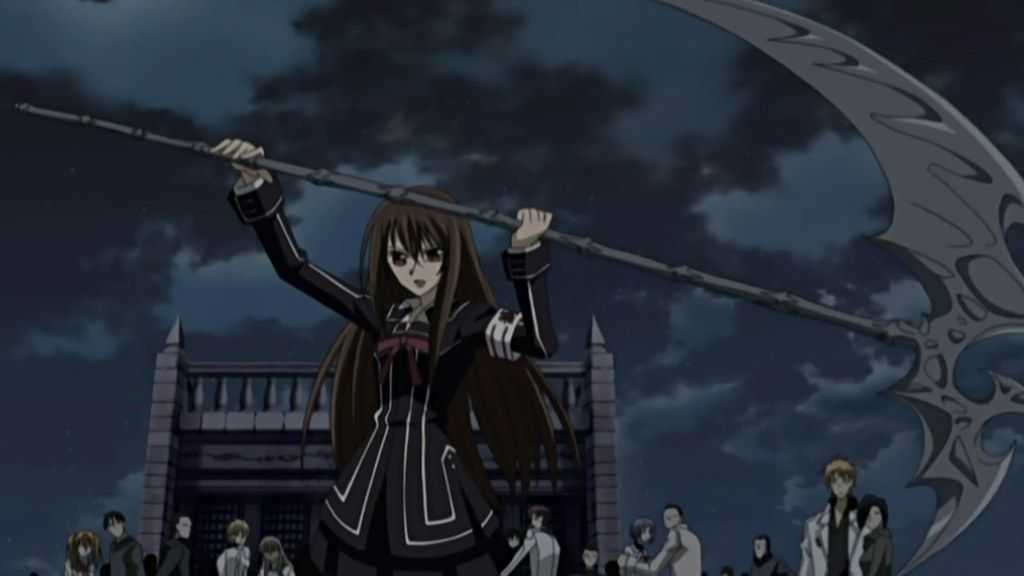
Conclusions: manga and anime
We find a character design long-limbed, but not very inspired and variegated, so much so that there is a certain similarity between the various main figures. The Studio Deen he managed to faithfully reproduce the slender stroke and the thought that Matsuri Hino wanted to expose when he made the manga. The dark setting fully reflects the story, increasing the perception of this thanks to a sound spot on.
The only flaw: the history; divided into two seasons, does not buy the entire narrative arc of the manga in the least. Indeed, it ends when the affair has just begun to develop the main issues. Despite the success of the work, a third season was never thought of. So, in order not to remain with a bad taste in your mouth but to know in depth the developments of a story that still has so much to tell, you absolutely have to run to the comic store.







